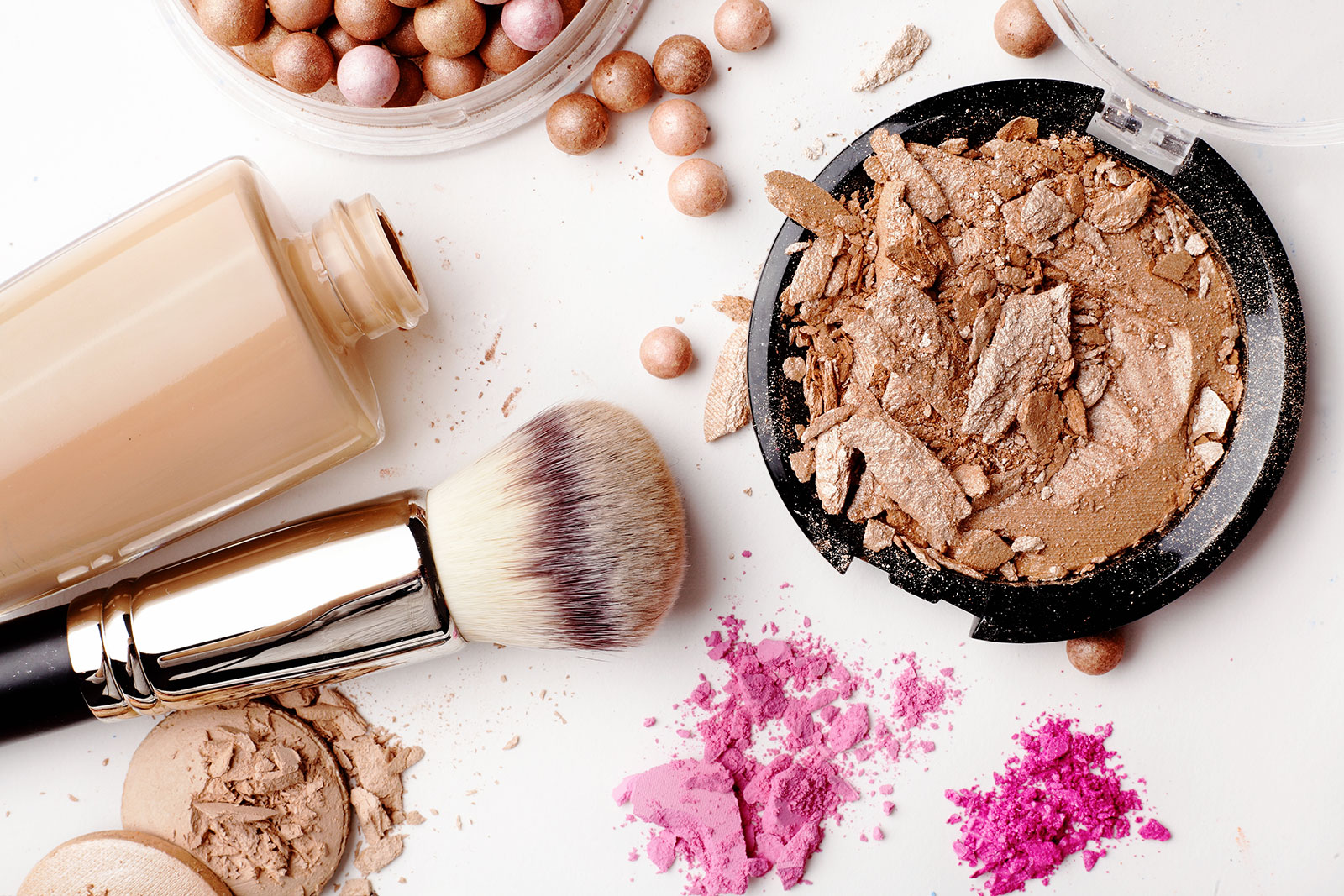International
International
Cosmetics are regulated differently around the globe. While some countries require dossiers for registration, others only require a notification or a simple declaration [e.g. Special Use Cosmetics (SUC) and non-Special Use (non-SUC) Cosmetics, functional cosmetics, general cosmetics, natural cosmetics, grade I and II cosmetics, OTC monograph, quasidrugs]. Due to the continuously evolving nature of the regulatory environment, it is becoming more challenging for professionals to fine tune the best fast moving consumer goods (FMCG) strategy.
Here are some key points regarding cosmetic regulation outside of Europe:
- United States: in the United States, cosmetics are primarily regulated by the Food and Drug Administration (FDA) under the Food, Drug and Cosmetic Act. A new regulation MoCRA (Modernization of Cosmetic Regulation Act, 2022) will be implemented by the end of 2023 which is the most significant expansion of the FDA’s authority to regulate cosmetics since the Federal Food, Drug, and Cosmetic (FD&C) Act was passed in 1938. Cosmetic products do not require pre-market approval or registration. Until 2023, FDA focused only on post-market surveillance and intervening if safety concerns arose. The new MoCRA regulation will introduce dossier requirements and GMP specific rules for cosmetics, facility registration and adverse events follow-up.
- Canada: In Canada, cosmetics fall under the regulatory authority of Health Canada. Similar to the United States, pre-market approval is not mandatory. Instead, manufacturers and importers are responsible for ensuring product safety and complying with labelling requirements.
- Australia: The Australian Therapeutic Goods Administration (TGA) oversees cosmetic regulation in Australia. Cosmetic products do not require pre-market approval unless they make therapeutic claims. Manufacturers are expected to comply with safety standards and report adverse events.
- Japan: In Japan, cosmetics are regulated by the Ministry of Health, Labour, and Welfare (MHLW). Manufacturers are required to submit product notifications to the MHLW prior to placing them on the market. Safety and efficacy testing are important, and manufacturers must comply with the standards set by the Pharmaceutical and Medical Devices Agency (PMDA). Cosmetic claims are limited to a pre-defined list.
- China: Cosmetic regulation in China is overseen by the National Medical Products Administration (NMPA). Imported cosmetics must undergo a registration process. The Chinese government has recently introduced alternatives to animal testing and made efforts to streamline the registration process through the new CSAR process implemented in January 2021 that clarifies all steps to register new ingredients or finished products.
- Other regions: cosmetic regulations also exist in various other regions, such as South Africa, South America, and the Middle East. These regulations can vary significantly in terms of pre-market approval requirements, labelling guidelines, ingredients restrictions and product testing.
Specific products such as sunscreen products follow different regulations according to countries: Sunscreen products are OTC drugs in the US, Non-Prescription Drugs in Canada, Therapeutic Goods in Australia, Cosmetics of Grade 2 in Brazil and Mercosur, Special Cosmetics in China, Functional Cosmetics in South Korea, and cosmetics in Europe and many other countries in the world.
These discrepancies between regulations may occur for many other borderline products which may follow different regulations across countries. These regulatory differences must be taken into account in regulatory strategies when international marketing is sought.

Any Questions?
Do you have any questions? We are here to help you!
Let us know how we can lighten your way to your regulatory success!
